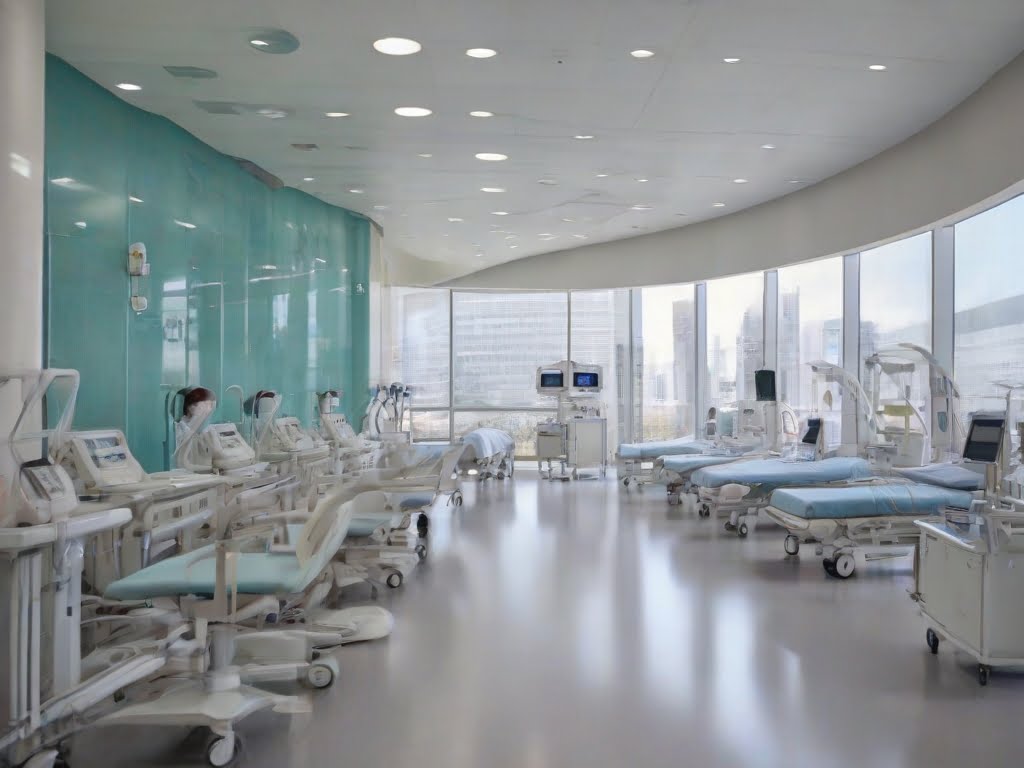
The retina is a major component in our visual system. It functions similarly to our eye’s camera, taking pictures and transmitting them to our brain. But, just like any important part, it can face problems called retinal diseases. These can mess with our vision. Knowing what these diseases are, what signs they show, and what causes them is super important to keep our vision in top shape.
1. Introduction to Retinal Diseases
Retinal diseases encompass a spectrum of conditions affecting the retina, leading to impaired vision and, in severe cases, blindness. These ailments significantly impact people worldwide, underscoring the importance of awareness and early detection.
2. Understanding the Retina
2.1 Anatomy of the Retina
The retina, akin to a camera film, lines the back of the eye, comprising several layers with distinct functions. Understanding its structure aids in comprehending how retinal diseases manifest.
2.2 Function of the Retina
The retina’s primary function involves capturing light and converting it into electrical signals interpreted by the brain, forming visual images.
3. Types of Retinal Diseases
3.1 Age-Related Macular Degeneration (AMD)
AMD, prevalent among older adults, affects the macula, leading to central vision loss while peripheral vision remains intact.
3.2 Diabetic Retinopathy
A complication of diabetes, diabetic retinopathy damages blood vessels in the retina, causing vision impairment.
3.3 Retinal Detachment
Resulting from the retina pulling away from its normal position, retinal detachment demands immediate medical attention to prevent vision loss.
3.4 Retinitis Pigmentosa
This inherited disorder leads to progressive vision loss due to the breakdown and loss of cells in the retina.
4. Symptoms of Retinal Diseases
4.1 Vision Changes
Retinal diseases often induce vision changes, such as blurriness or distortion, impacting daily activities like reading or driving.
4.2 Floaters and Flashes
Patients may experience floaters (tiny specks) or flashes in their vision, indicating retinal issues that require assessment.
4.3 Reduced Peripheral Vision
Diminished side vision is a symptom observed in various retinal diseases, affecting spatial awareness.
5. Causes of Retinal Diseases
5.1 Genetic Factors
Certain retinal diseases have genetic predispositions, highlighting the role of hereditary factors in their development.
5.2 Age and Lifestyle
Advancing age and unhealthy lifestyle choices contribute to the onset and progression of retinal ailments.
5.3 Medical Conditions
Underlying medical conditions like diabetes or hypertension can exacerbate retinal diseases.
6. Diagnosis and Treatment Options
6.1 Diagnostic Techniques
Sophisticated imaging and examinations aid in the accurate diagnosis of retinal diseases, enabling tailored treatment plans.
6.2 Treatment Approaches
Treatment varies based on the specific retinal disease and may include medications, laser therapy, or surgical intervention.
For severe cases, seeking specialized care at a retina specialist hospital can offer comprehensive diagnosis and advanced treatment options.
7. Preventive Measures
7.1 Healthy Lifestyle Choices
Maintaining a balanced diet, regular exercise, and avoiding smoking contribute to retinal health preservation.
7.2 Regular Eye Exams
Frequent eye examinations facilitate early detection and intervention, potentially halting the progression of retinal diseases.
8. Research and Future Prospects
Ongoing research explores innovative treatments and technologies aimed at enhancing retinal disease management and potentially restoring vision. Retina specialist hospitals often participate in cutting-edge research, offering hope for improved treatments.
9. Conclusion
Understanding the nuances of retinal diseases, their symptoms, and causes is pivotal in advocating for proactive eye health measures and seeking timely medical attention to safeguard vision.
FAQ
While some treatments can manage retinal diseases, complete cures may not be feasible for all conditions. Early detection and intervention are crucial for better outcomes.
No, while age is a significant factor, certain retinal diseases can occur due to genetic predispositions or other underlying health conditions.
It’s recommended to have regular eye exams as advised by an eye care professional, especially for individuals with risk factors or existing eye conditions.
Not all retinal diseases are hereditary, but some have a genetic component, increasing the likelihood of their occurrence in certain individuals.
Healthy lifestyle choices, such as maintaining a balanced diet and avoiding smoking, can significantly contribute to preserving retinal health and reducing the risk of certain retinal diseases, as suggested by Retina specialist hospitals.
